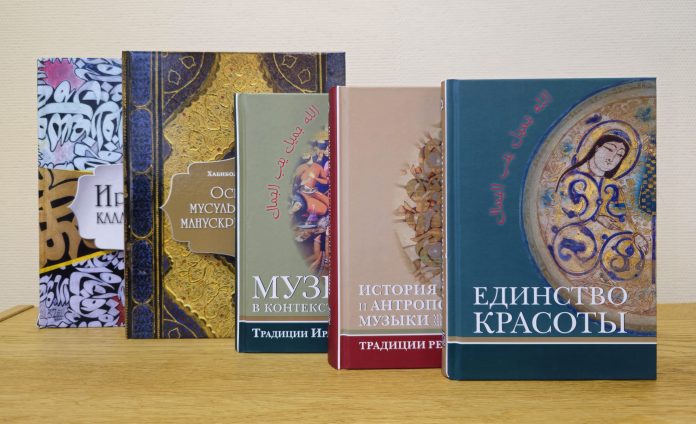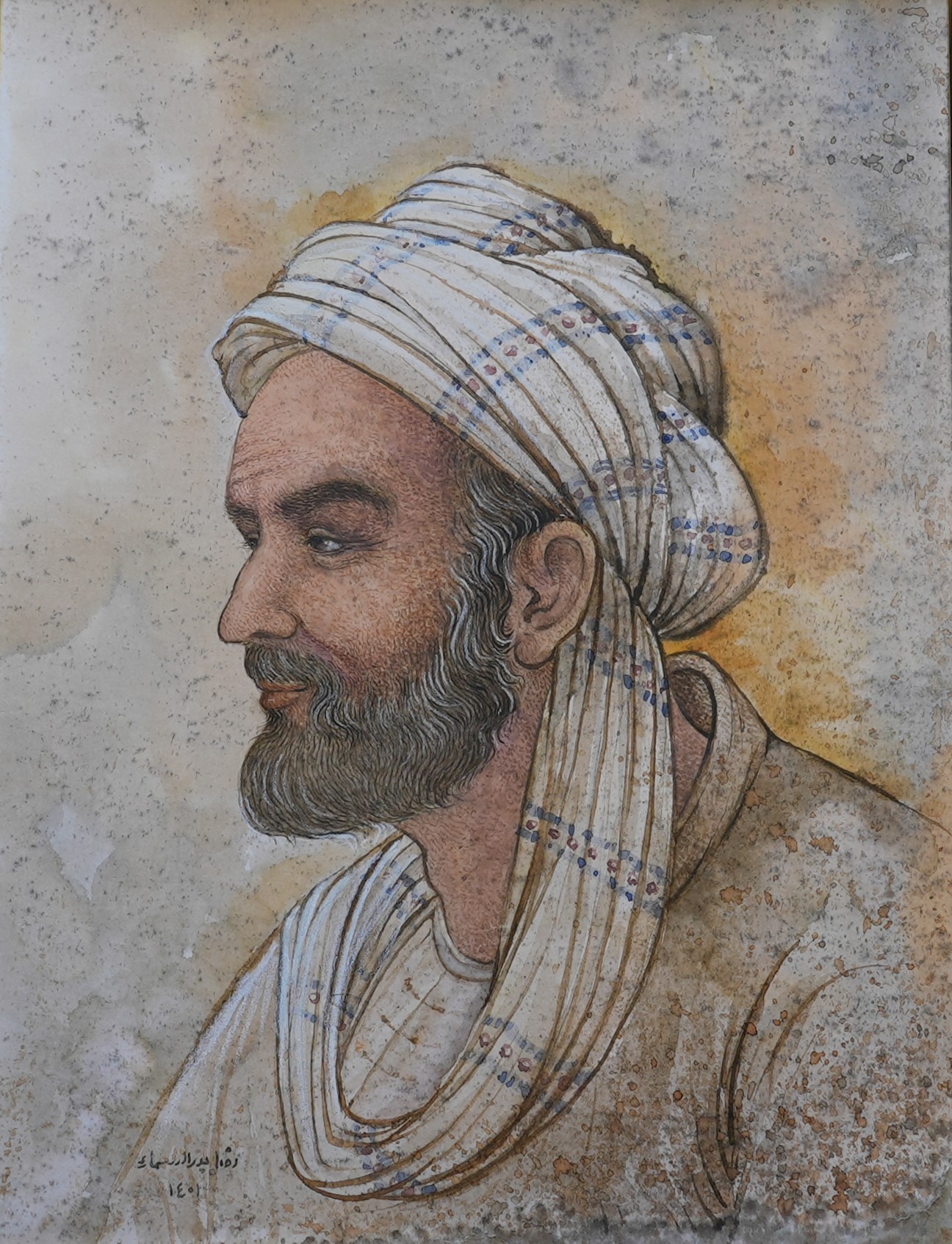The series entitled “The unity of beauty” includes the works devoted to the beautiful in Islam. It was launched in 2018, but the idea to create such a series had appeared earlier in 2016.
It all started with the book “The unity of beauty” (2019), which represents a collection of Iranian scholars’ articles about the connection between Islam and visual arts. The series was given the same name.
This work was prepared by M.J. Nazarli, candidate of art history, and was published by the RAS Institute of Oriental studies. The illustrations were provided by the Marjani Foundation.
The articles describe the importance of the visual art for Islam. The work mentions different views on Islamic art and presents them to readers.
The second edition of this series is a collection of articles “The music in the context of Islam: the traditions of Iran” (2019). It explains how music is understood in Islam, drawing on the examples from the Iranian traditions. The authors from Iran, Germany, France, Uzbekistan and Russia revealed the phenomenon of “Islamic music”, demonstrating its social, legal, theological, aesthetic, historical, theoretical, ethnographic, practical and esoteric aspects.
This work was edited by T.M. Jani-zade, a candidate of art history, associate professor of the department of the history of music of the Gnesins Russian Academy of Music, a real expert in the theory of the Oriental music and other non-European music cultures, and was issued by the abovementioned university.
The third book is “Iranian calligraphy: introduction to the traditions” by Hamid-Reza Kelichkhani, and it helps the readers discover the wonderful world of calligraphy, where the aesthetics of meaning is combined with the aesthetics of its artistic presentation. The evidence for that can be seen in more than 300 illustration depicting unique art masterpieces. The book translated by B.V. Norik.
The forth book is “History and Anthropology of Music of the Muslim World: Regional traditions” (2023), and it reveals the history and main features of classical music of the Muslim East, using the examples of North African countries, Iran, Iraq, Turkey, Azerbaijan, Uzbekistan, Tajikistan and Russia.
The fifth work of this series is the monograph “Fundamentals of Muslim manuscriptology (Centers of correspondence, codicological elements, principles of cataloging and methods for determining the autencity of manuscripts)” by H. ‘Azimi (2024). In this book the author covers a wide range of issues related to archeography, paleography, codicology and textual criticism that are auxiliary disciplines in the study of manuscripts (manuscriptology). The monograph translated by B.V. Norik.
At the current moment the series “The unity of beauty” consists of two subseries: “Islam and Visual Arts” and “Islam and Music”. Three books were published in the framework of the first subseries and two books belong to the second subseries.



